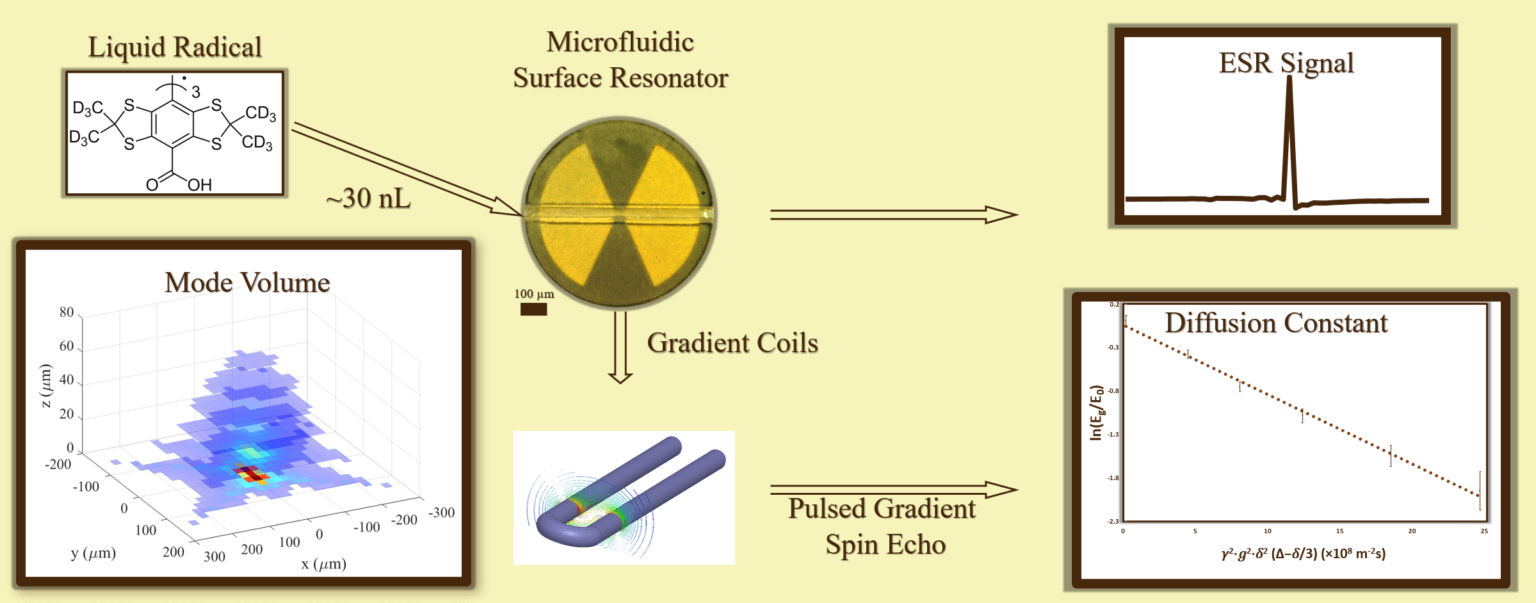A new approach to measuring long distances in large molecules and molecular complexes

Structural biology is a field of research that deals with determining the structure and movement dynamics of large biological molecules, mainly proteins of all kinds. There are several experimental methods that allow obtaining information in this area: X-ray crystallography ("X-ray"), electron beam microscopy, nuclear magnetic resonance, optical fluorescence and electronic magnetic resonance. Each method has advantages and disadvantages. Prof. Aharon Blank from the Faculty of Chemistry at the Technion in Haifa and his team deal with electronic magnetic resonance. It is a spectroscopic method, meaning it involves measuring a spectrum of energy levels or electromagnetic frequencies, and is based on interactions between unpaired electrons and magnetic fields. This method relies on the electron's spin property, a property that can be simulated as angular momentum, and is also called internal angular momentum, although the electron is like a point and therefore too tiny to actually spin around itself.
Electron magnetic resonance is considered particularly effective for studying metallic complexes or organic radicals (a radical molecule usually contains an odd number of electrons). Electronic magnetic resonance makes it possible to mark different sections of the protein with paramagnetic small molecules - that is, magnetic in the presence of an external magnetic field only - and to measure the distance between them by measuring the strength of the interaction between the small molecules. The main problem with this method is that it is limited to relatively short distances between the markers, because it is based on a quantum coherent interaction, that is, an interaction that preserves the relative phase between the wave functions of the two markers. Such an interaction has a relatively short life time, so it is possible to measure only relatively short distances between these markers. This research is therefore aimed at developing a new method that enables the measurement of distances between paramagnetic markers located on systems of proteins that are much larger than those that can be measured today.
To enable such a capability, Prof. Blank and his team's research includes the development of new instrumentation and new measurement methods in the field of electronic magnetic resonance. The new instrumentation is very sensitive for measuring samples, and this high sensitivity, together with the unique measurement technique developed - which combines impulses (pulses) of magnetic fields and microwave impulses - together make it possible to obtain large distances (beyond 10 nanometers) between paramagnetic markers. The high sensitivity is made possible, in part, thanks to the miniaturized resonators developed by the research team, that is, tiny devices that create this type of resonance, which enable the measurement of extremely small biological samples. This research aims to develop a new method that will enable the measurement of distances between paramagnetic markers located on systems of proteins much larger than these that can be measured today.

The activation of the impulses of strong and short magnetic fields is possible with the help of unique current sources developed by Prof. Blank and his colleagues, and miniaturized coils located near the measured sample. In the continuation of the research, the new measurement method is applied to model systems of molecules with a known distance between two paramagnetic markers on them.
So far, the miniaturized resonators have been developed and their ability to measure an electronic magnetic resonance signal from small samples has been demonstrated, while applying strong time-dependent magnetic fields that encode the location of the paramagnetic markers in the sample. With the help of such resonators, the diffusion (pulsation) of paramagnetic molecules in liquids was measured, among other things, at distances of tens of nanometers. The scientists hope that these capabilities will soon enable the measurement of distances between paramagnetic markers in model molecules - something that will greatly contribute to research on these molecules, to understanding diseases and even to the design of new drugs.
Life itself:
Alongside his demanding work in the laboratory, Prof. Blank is an avid fan of long-distance running, hiking and karate.
For the article on the Voice of Science website
More of the topic in Hayadan:
